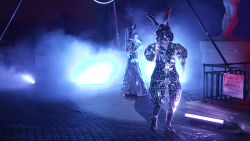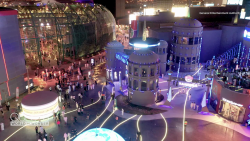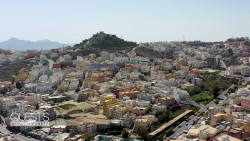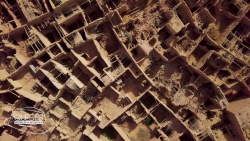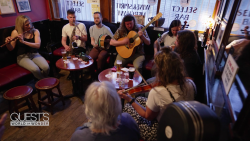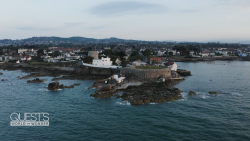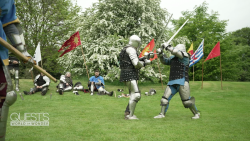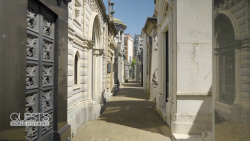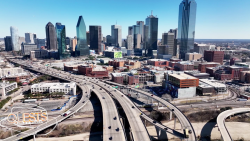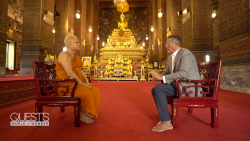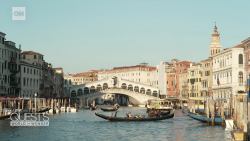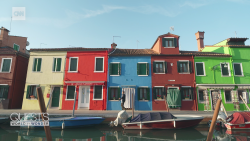Programming note: For more on Washington, DC, watch “United Shades of America with W. Kamau Bell” on Sunday at 10 p.m. ET/PT.
Washington, D.C., might not have the same cultural cachet as New York or Los Angeles, but the capital of the United States has something unsurpassed by any other city in the world.
Power.
Power pulses through the veins of this city, threads through its DNA. It shifts, constantly moving, from those who have power, to those who seek it.
Rarely more so than under the 45th president, Donald Trump.
It’s been that way ever since George Washington first envisioned a city that would be the heart of federal government while standing apart from the rest of the union.
But who helped bring Washington into being? How did it go from being a so-called swamp to the iconic capital it is today?
And how does its past continue to shape its present?
The creation of DC
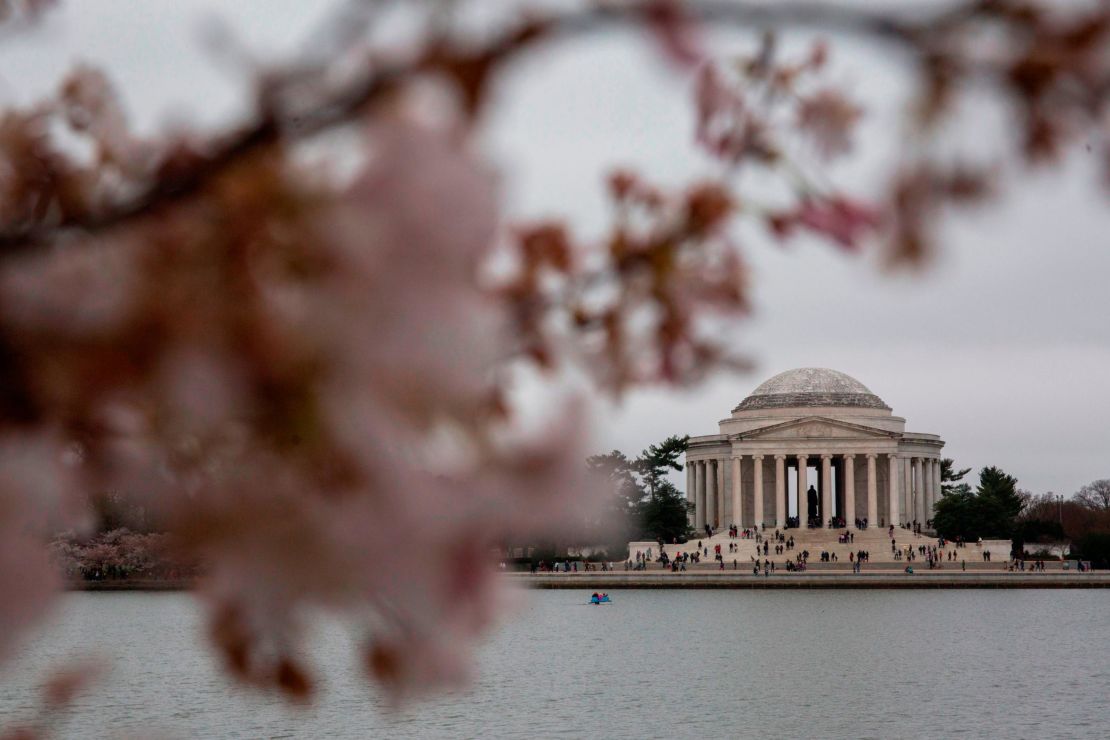
In the nascent United States, debate raged over whether the capital should be an existing settlement such as Philadelphia – its original location – or one built specifically for government, outside of the control of any one state.
Eventually, land from Virginia and Maryland was ceded for the new federal district, with the signing of the Residence Act in 1790 designating an area on the Potomac River to be developed into a grand city.
The 100-square-mile site that would become Washington DC was beginning to take shape. Boundary markers were laid out at every mile, commissioners and planners were appointed by George Washington to oversee its development.
None were more important in that process than Pierre Charles L’Enfant.
L’Enfant, who anglicized his name to Peter after arriving in the United States following the French Revolution, was Washington’s go-to man for turning his vision of a stunning new capital into reality.
“There was nobody else in the new republic who could design a city outside of a basic grid,” says Richard Longstreth, an architectural history professor at George Washington University. “And George Washington had a different idea, a different vision for what the city would be – it would be for America what Paris is to France. Not only the center of government, but the center of culture, the center of finance of trade.
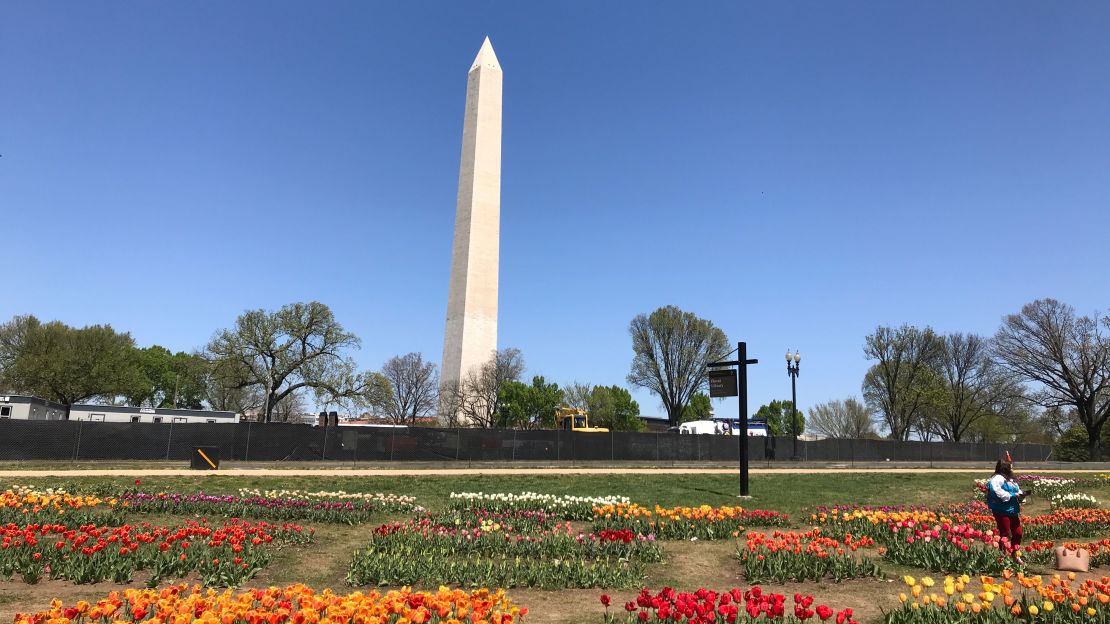
“So, he commissions L’Enfant to design a city on an absolutely epic scale that could have easily fit a major portion of the population of London, the world’s most populous city at that time.”
L’Enfant would go on to be sidelined, his plans refined by Andrew Ellicot before being officially circulated in 1792.
But Washington’s long, wide boulevards set across a diagonal design are recognizable to this day, with L’Enfant credited as the visionary who brought the first president of the United States’ ideas to life.
In 1800, the government moved to Washington, with the District of Columbia coming under Congress’s jurisdiction the following year.
Visitors to Washington can see L’Enfant’s original outline for Washington laid out in Freedom Plaza – the wide avenues connecting the important parts of the new city.
It’s clear L’Enfant knew what he wanted. In his own words, he wanted a plan, and a city of a magnitude, worthy of a grand empire. And more. He wanted envy from other nations, both friend and foe alike.
Today, one only has to walk among the memorials, along the National Mall, to realize that the design of the city has its intended effect. The sense of power and importance is palpable.
The city of heights
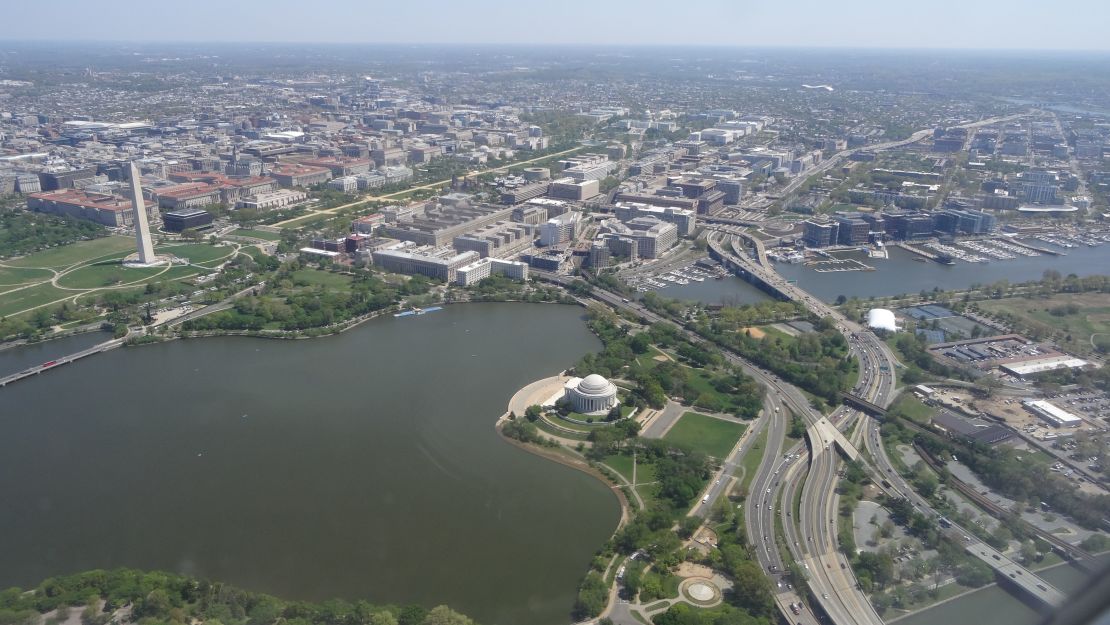
Professor Longstreth dismisses the apocryphal tale that Washington was built on a swamp, insisting that any such stories come from the fact that the original canal in L’Enfant’s plan becoming incorporated into the city’s sewage system.
The swamp analogy, though, has clung to the city for over 200 years. It remains powerful in what passes for political discourse in certain quarters in 2018.
Nonetheless, there is one myth about the city that does at least have some grounding in reality. Visitors to DC cannot help but notice the low-rise nature of the architecture. The Capitol, Lincoln Memorial and Washington Monument dominate the skyline, with not a skyscraper in sight.
Claims that DC’s buildings are prevented by law from being higher than The Capitol are actually false, with no legislation making provision for such restrictions. However, the 1899 Height of Buildings Act had a profound effect on Washington, with its architecture remaining relatively low-rise compared with the soaring structures of Manhattan and downtown LA.
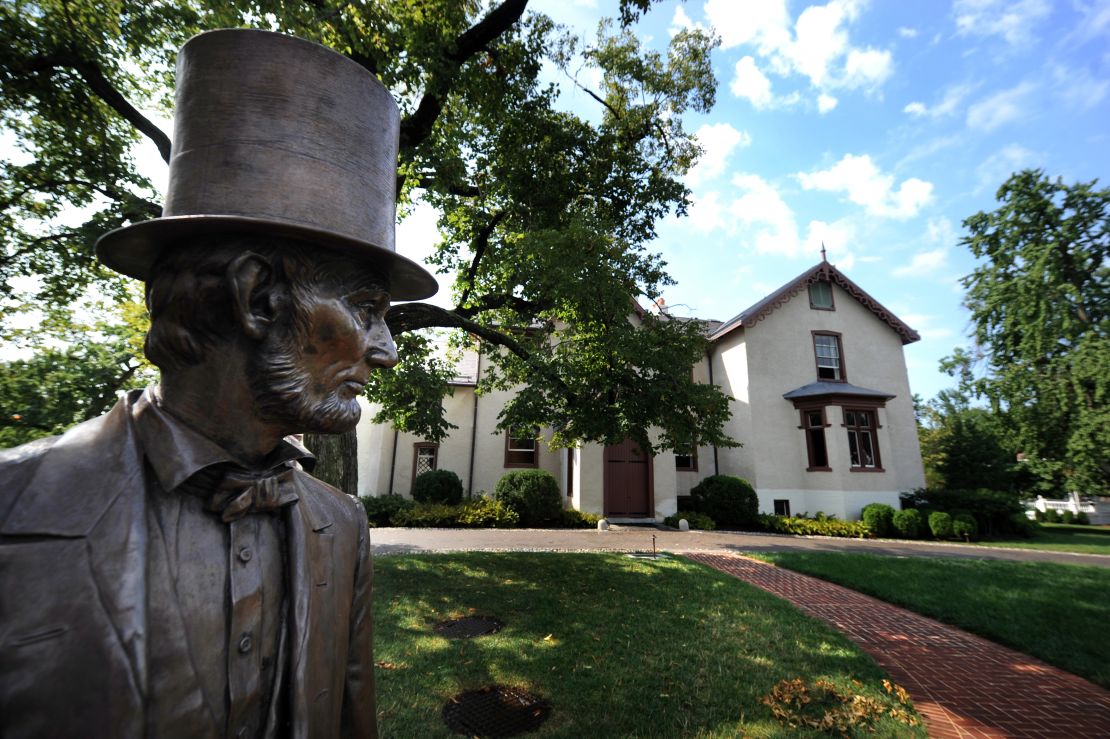
The act itself came into being following an outcry over the 1894 construction of the 50-meter-tall Cairo Building, situated in the Dupont Circle. At 165 feet it remains the city’s tallest residential block.
Such was the scandal surrounding the Cairo’s height that people in Washington did what came naturally to them – turning to politics and legislation, changing the law to stop more skyscrapers.
That law remains in place today.
“The Height Act created the current skyline of Washington, DC,” says Julia Koster, director of public engagement at the national capital planning commission, speaking outside The Cairo. “When you arrive, you see our civic structures. You see the monument, you see the US Capitol and you see the Lincoln Memorial against a horizontal, much lower backdrop.”
Speaking of how stories of DC’s restrictive planning laws are spread, Koster says, “If you go on any tour here, they’ll say, ‘Oh, it’s the top of the Washington Monument,’ or ‘It’s the top of the US Capitol,’ but it’s not that at all.”

Instead, Koster explains, the height restrictions relate to the width of the street, with buildings prevented from being any higher to create a brighter, less oppressive space.
“If you think about it, you’re creating a kind of symmetrical frame,” says Koster. “So as you walk down here on the streets of Washington, one of the special things about it is that you have these very open, sunny streets. It’s very human scaled.”
A city apart

It’s not just Washington DC’s design that makes it stand out from the United States’ other major cities. George Washington and the founding fathers’ wish to have a capital placed under federal control, with no state able to influence its politics, had profound consequences for the democratic representation of its people.
These still resonate today.
“Most Americans don’t know that the people who live in the nation’s capital don’t have the same rights as they have,” says Eleanor Holmes Norton, Washington DC’s representative in Congress.
Norton explains that while she has a seat in Congress, she is prevented from voting on the floor of the house. Instead, she can only vote in the committee stage. The city and the wider district do not have representation in the United States Senate.
“Although we’re carved from two states, the framers of the city made sure that the citizens who still lived in those states would not lose their rights to vote in the congress, to be equal in every way to other Americans,” explains Norton. “After a 10-year transitional period, though, when in 1801 it became the District of Columbia, those citizens from Maryland and Virginia found themselves in a city where they had lost their congressional rights.
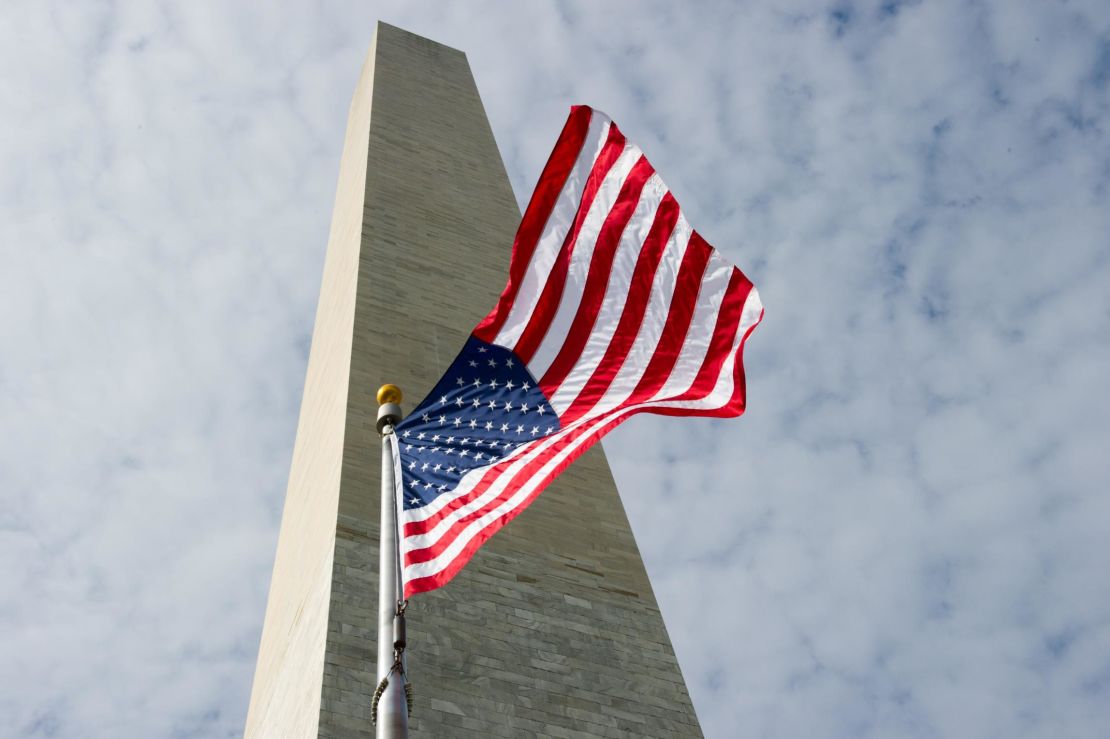
“Did [Washington and the city’s framers] intend to have a city whose citizens did not have the same rights as other Americans? I say no.”
Legislative tweaks over the years have handed some powers to local government, but Norton believes strongly that the city and the wider district deserve full representation at the highest level.
“It is an outrage against the people I represent,” she says. “The people I represent are number one in federal taxes paid to support the government of the United States. And yet we have no senators. We have me here in the house. And yes, a vote in committee. But no vote on the floor where final legislation is to be approved.”
It’s ironic that the city built as the seat of power in this nation, would – in a way – leave its citizens powerless.
Norton is not downhearted, however.
“If I were in a constant state of outrage I probably would not get down to the nuts and bolts of figuring out how to get more rights for the people I represent,” she says. “I don’t just go for the ultimate, what we call states’ rights. I also go for all in between. There are all kinds of ways to make my citizens equal to all other Americans.”
Status anxiety
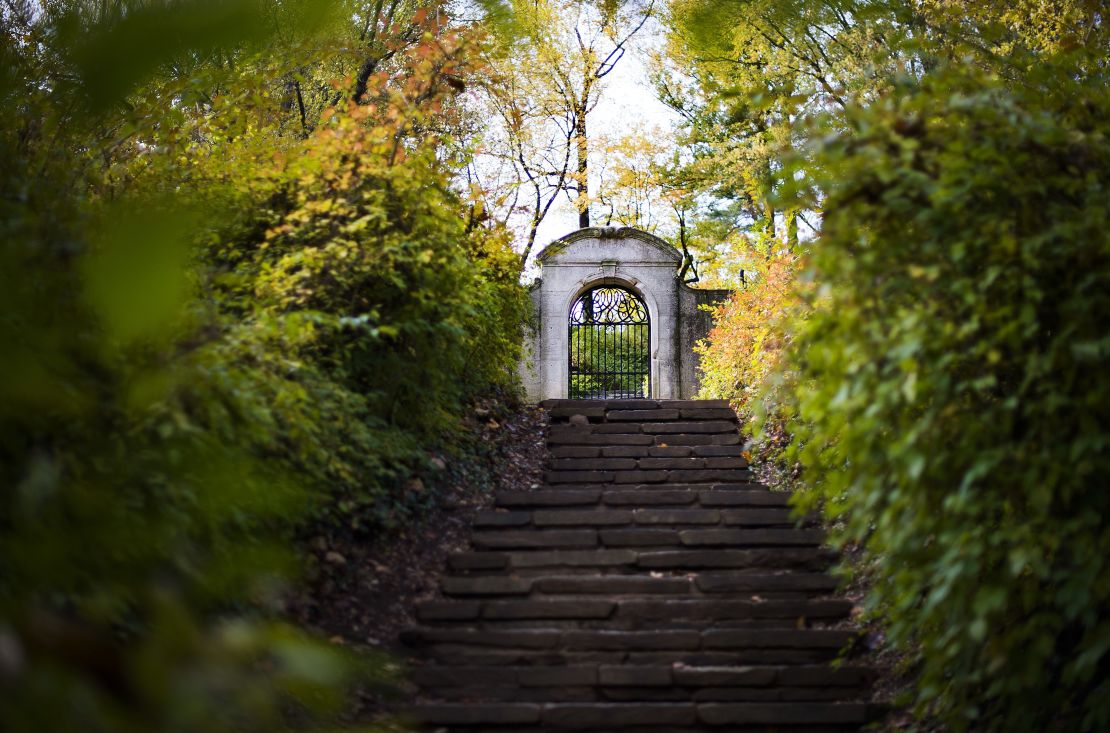
DC’s citizens may lack democratic power, but Washington both confers status and revels in the way it both gives power and takes it away.
This is a city that thrives on gossip about who’s up and who’s down, the result of the constant flow of people coming here to make laws and those lobbying on behalf of those who want them changed.
And while it might seem obvious that the White House and the Capitol are DC’s main power centers, the real action tends to happen, or at least always used to take place, elsewhere – in Georgetown mansions and downtown hotels, most notably the Willard.
The Willard likes to believe that the concept of “lobbying” originated here in the hotel’s lobby, when the 18th president, Ulysses S Grant, held court in the corner, drinking brandy and smoking cigars in the evening.
The phrase “lobbying” actually comes from the UK, but that’s not to say that the Willard isn’t an essential part of Washington power broking.
“We’re in the heartbeat of the nation, right here,” agrees Jim Hewes, who has worked at the Willard for 32 years. “We’re within 10 blocks of the White House. For over 200 years, the Willard Hotel and its Round Robin Bar have been right in the center of political, economic and social activity.”

The Willard has seen the most powerful people in the United States come together to hash out legislation and work out their differences away from the glare of the Capitol, but today, says Hewes, things are different.
“Politicians don’t imbibe the way they used to,” he says. “There was a time when it was a rite of passage to go out with your boss. Those days are gone.”
These days, he says, it’s more likely tourists and politics obsessives who’ll drop by for a drink at the Round Robin bar.
“They want to experience the room. They want to walk in the shadow of giants,” says Hewes. “They want to sit and drink like a president. They want to be where they’ve heard others have been.”
For Sally Quinn, Washington derived and spread its power from the Georgetown mansions where many senators, congressmen and women and government staff lived.
Quinn, a former writer at the Washington Post and widow of the Post’s legendary editor Ben Bradlee, was renowned as a hostess of parties that brought warring politicians together.
“To be a hostess in Washington, you had to have nerves of steel,” she says. “And hostesses derived their power from being able to get the most powerful people to their houses.”
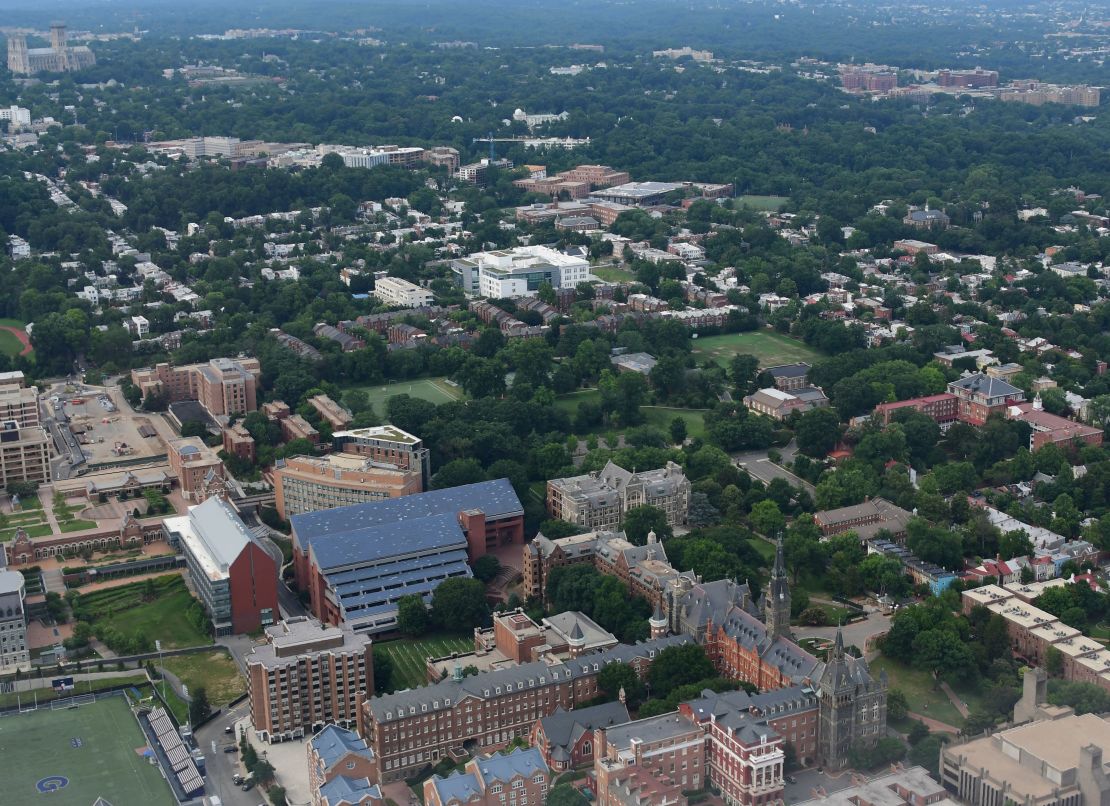
Things, however, have changed in recent years.
“In the old days, it was very much a mixed crowd … it was Republicans and Democrats and everyone would work together. They would argue and fight on Capitol Hill and then at 5 o’ clock and they would go in each other’s offices and have a drink. And that doesn’t happen now.”
Quinn says that the advent of mass air travel meant that congressmen and women returned to their homes more regularly, with the result that socializing and power broking in Washington itself is no longer as prevalent as it used to be.
That being said, she remains convinced of Georgetown’s pivotal role. “We’re living in Georgetown, but Georgetown is a metaphor for Washington inside Washington.”
Quinn’s stunning Georgetown mansion dates to 1793, its status weighing heavily despite the heyday of dinner parties fading fast.
“I feel like I’m the caretaker of it because it is so historic,” she says. “And so every day that I walk down the stairs, I can’t believe that I live in this house. And I feel like I need to take care of it and maintain it for the next person that lives here because it is such a big part of our history.”
More than just a power base
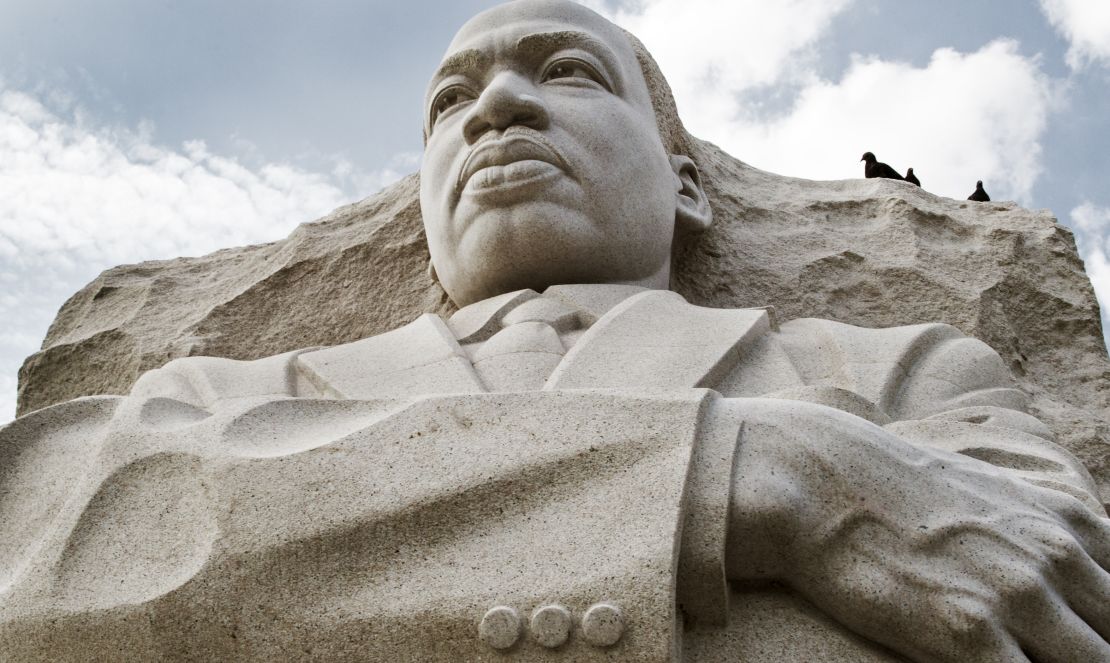
This sense of DC being a home as well as a power base is felt keenly by those who live here. It’s easy to overlook the fact that the city is home to 700,000 people, a place with a deep history beyond its political connections. One with a multi-racial background that is thriving and growing.
“It is one of the country’s oldest cities but it was always a hometown, as well as the capital of the United States,” says Norton.
Norton is a third-generation Washingtonian, the great granddaughter of a slave who escaped from Virginia. Her pride in both the city and her heritage is inescapable.
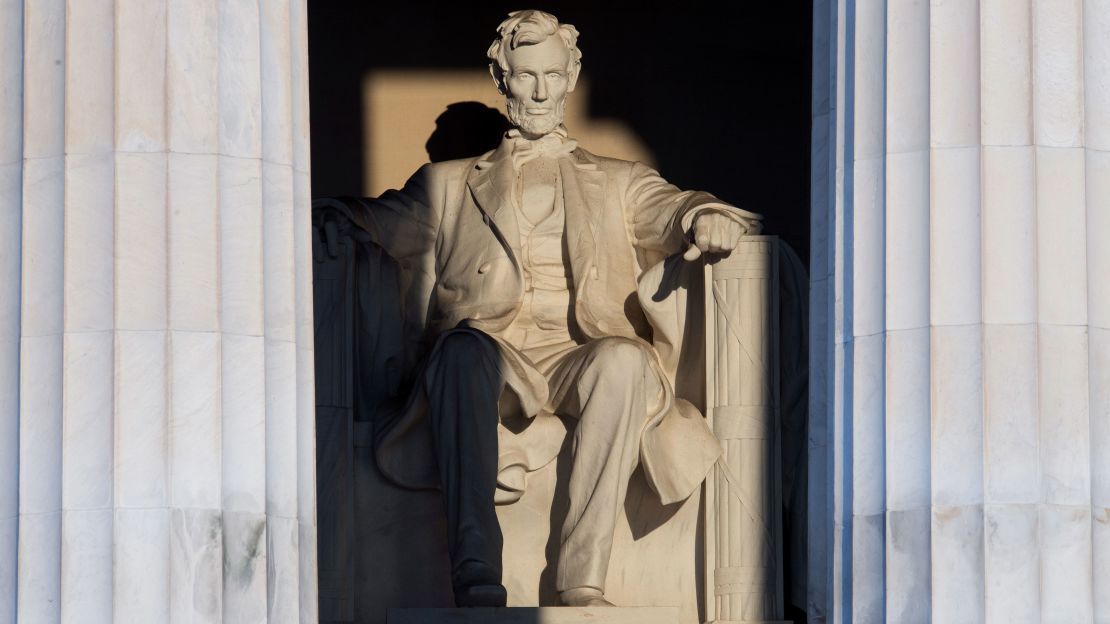
African Americans make up more than half of DC’s population, the city itself at the center of the Civil Rights Movement. Unlike other major cities it was not segregated until 1913, when Woodrow Wilson became President, although this parlous situation existed until the 1950s.
DC is, of course, where Abraham Lincoln worked on the Emancipation Proclamation, from his cottage some three miles from the White House, which he traveled to daily by horseback in the summer months. And in this small place it’s impossible not to sense the responsibility Lincoln felt.
“If my name ever goes into history it will be for this act, and my whole soul is in it,” said Lincoln at the time. This quote is found on the wall of the bedroom at the cottage and resonates strongly today.
Spend any time here and you realize the challenges Lincoln faced transcend the decades. Indeed racial harmony is a chord yet to be struck in America.
A city unlike any other
Washington DC is unique among American cities: A planned, European-style metropolis with a keen sense of its vital geopolitical role. Not to mention its allure as a destination for tourists looking to understand its position and its history.
It’s too easy to dismiss Washington DC as a parochial place obsessed by politics.
To be sure there are more exciting cities in the United States. But there’s nowhere that truly shows the inherent contradictions of America than the nation’s capital.
Here you will see rights versus responsibilities. Duties coupled with the demands of nationhood and being the world’s super power. A visit here is a must in this great big world.


